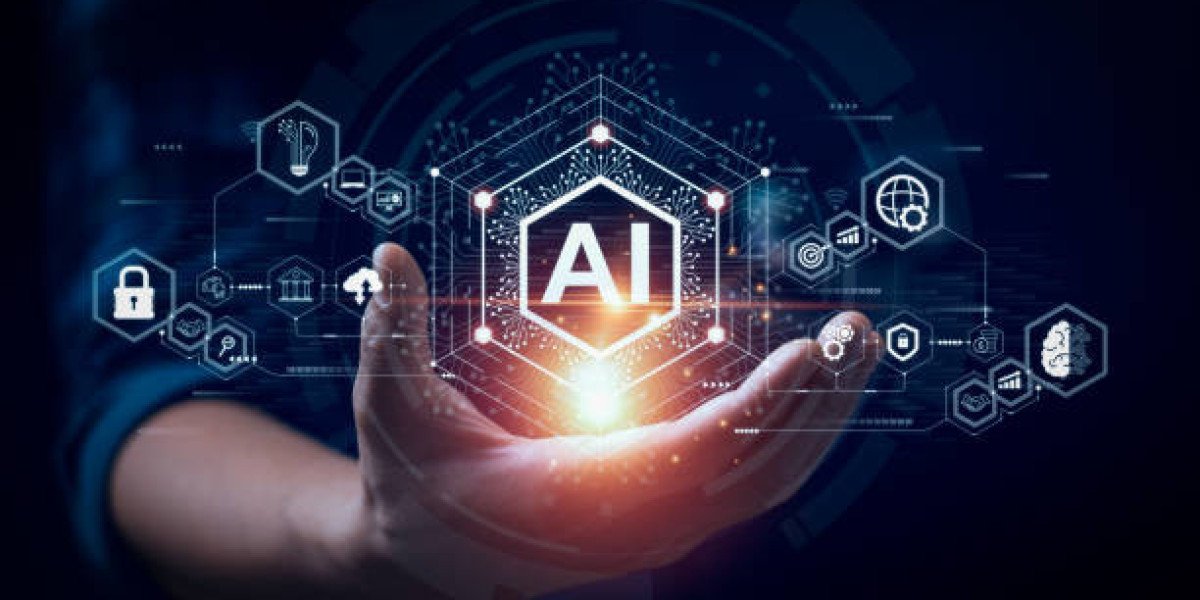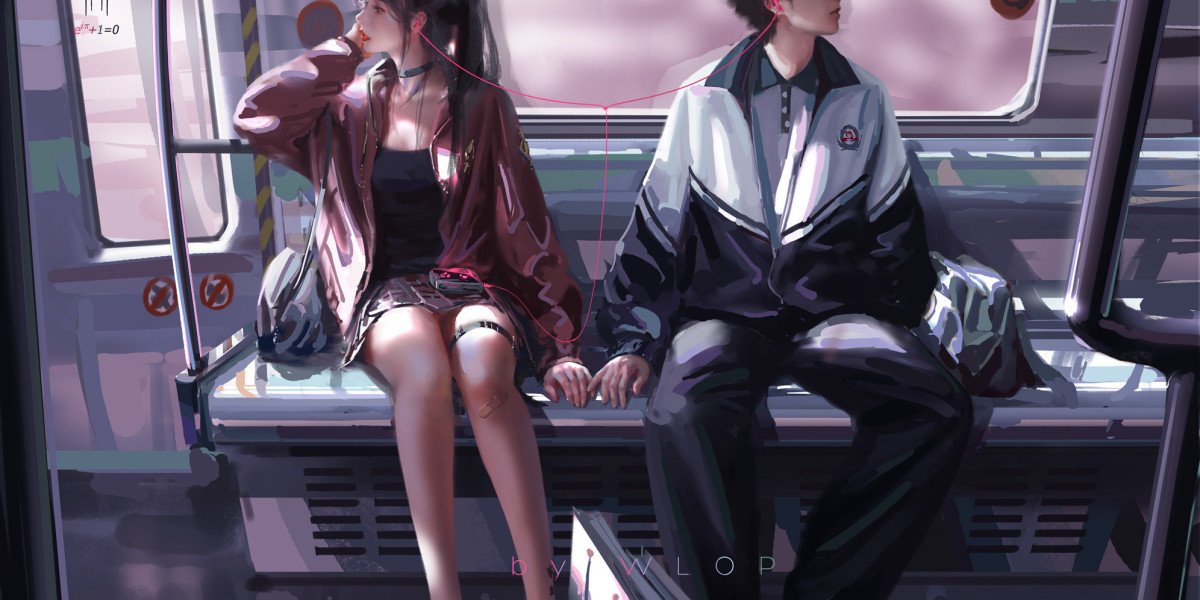USA traffic is a significant issue across the United States, affecting millions of people daily. From urban centers to suburban highways, traffic patterns are influenced by various factors, including urban design, population growth, and economic activity. This article explores the root causes of traffic congestion in the U.S., the challenges it presents, and potential solutions for alleviating its impact.
Causes of Traffic Congestion
Urbanization and Population Growth
As more people move to cities, the demand for transportation increases. Urban centers like New York, Los Angeles, and Chicago experience some of the worst traffic due to dense populations and limited road infrastructure.Car Dependency
The U.S. is a car-centric nation, with a majority of Americans relying on private vehicles for daily commutes. This heavy dependence on cars results in clogged highways and city streets, especially during peak hours.Inadequate Public Transportation
Many cities lack efficient and extensive public transit systems. Without reliable alternatives, people are forced to use personal vehicles, contributing to traffic congestion.Aging Infrastructure
The U.S. road infrastructure, including bridges and highways, has not kept pace with population growth and modern demands. Narrow roads, insufficient lanes, and poorly maintained highways exacerbate traffic issues.Commuting Patterns
Long commutes between suburban areas and urban job centers increase the volume of cars on roads, especially during morning and evening rush hours.
Challenges of Traffic Congestion
Economic Costs
Traffic delays result in billions of dollars lost annually due to wasted time and fuel. For businesses, late deliveries and disrupted supply chains can lead to further financial losses.Environmental Impact
Traffic jams contribute to higher greenhouse gas emissions as cars idle on congested roads. This worsens air quality and accelerates climate change.Health and Safety Risks
Prolonged exposure to traffic-related air pollution can lead to respiratory and cardiovascular problems. Additionally, congested roads increase the likelihood of accidents and collisions.Reduced Quality of Life
Traffic congestion causes stress and frustration, reducing the time people can spend with family or on leisure activities.
Potential Solutions
Investing in Public Transit
Expanding and modernizing public transportation systems can reduce reliance on private vehicles. Cities like San Francisco and Boston have shown how efficient transit systems can alleviate traffic congestion.Implementing Smart Traffic Management
Technologies such as synchronized traffic lights, real-time traffic monitoring, and intelligent navigation systems can optimize traffic flow and reduce bottlenecks.Promoting Carpooling and Ridesharing
Encouraging carpooling and ridesharing through incentives or dedicated lanes can reduce the number of vehicles on the road.Developing Urban Planning Solutions
Building walkable neighborhoods and mixed-use developments can shorten commutes and encourage alternative modes of transportation like biking and walking.Adopting Flexible Work Policies
Remote work and staggered work hours can decrease the number of commuters during peak times, easing congestion.
Conclusion
Traffic congestion in the United States is a multifaceted issue that requires a combination of innovative solutions and sustained investment. By improving public transportation, leveraging technology, and encouraging alternative commuting methods, cities can reduce traffic and improve the quality of life for their residents. Addressing traffic challenges is not just about easing commutes—it’s about fostering a more sustainable and connected future.








